Norfolk VA Water Damage Restoration: Cost-Effective Solutions Revealed

Water damage restoration in Norfolk VA involves assessing intrusion source, extraction, drying, deco…….
Welcome to an in-depth exploration of the critical aspect of property management and restoration – Water Damage Restoration Cost Norfolk VA. This article aims to guide readers through the intricate world of water damage restoration, specifically within the context of Norfolk, Virginia. We will uncover the factors influencing restoration costs, historical trends, global implications, economic considerations, technological advancements, policy frameworks, and the challenges faced in this industry. Furthermore, we’ll present real-world case studies and offer insights into the future prospects of this vital service. By the end of this comprehensive guide, readers will have a thorough understanding of the multifaceted nature of water damage restoration and its impact on communities, businesses, and the economy.
Water Damage Restoration (WDR) refers to the process of repairing and revitalizing properties affected by water intrusion or flooding. This includes removing damaged materials, restoring structural integrity, and ensuring the property is safe for occupation. In Norfolk, Virginia, WDR services are essential due to the city’s potential exposure to coastal storms and heavy rainfall, which can lead to severe water damage.
The core components of WDR cost estimation in Norfolk typically include:
Assessment and Inspection: Evaluating the extent of water damage involves inspecting affected areas, identifying sources of moisture, and documenting the damage for insurance purposes.
Water Extraction: This initial step involves removing standing water from the property using specialized equipment like pumps and vacuums.
Drying and Dehumidification: Essential to prevent mold growth, this process uses advanced drying techniques and dehumidifiers to reduce humidity levels in the affected areas.
Cleaning and Disinfection: Professional restoration companies employ advanced cleaning methods to remove contaminants, including bacteria, viruses, and mold spores.
Repair and Restoration: Depending on the damage, this may include structural repairs, replacement of water-damaged materials (flooring, walls, ceiling tiles), and the reinstatement of electrical and plumbing systems.
Rebuilding and Final Touches: The final phase involves finishing repairs, rebuilding damaged areas to their pre-loss condition, and ensuring the property meets safety standards.
The importance of water damage restoration has evolved significantly over time, especially in coastal regions like Norfolk. Historically, severe storms and hurricanes have caused widespread flooding, leaving communities and businesses with substantial water damage. The need for efficient and cost-effective restoration services became apparent as these events occurred more frequently.
In recent years, climate change has increased the frequency and intensity of extreme weather events globally. This has led to a rise in water damage restoration projects worldwide, including Norfolk. As such, understanding the costs associated with WDR is crucial for property owners, insurers, and local governments to ensure effective disaster response and long-term resilience.
Water Damage Restoration Cost Norfolk VA is part of a global industry that has seen substantial growth due to increasing natural disasters and urbanization. The scope and complexity of restoration projects vary across regions, influenced by factors such as climate, infrastructure, and local regulations.
North America: The US and Canada have well-established water damage restoration industries, driven by frequent severe weather events. Advanced technology adoption and a focus on quick response times define this region’s trends.
Europe: European countries face unique challenges, from heavy rainfall in coastal areas to frozen pipes in colder regions. Restoration efforts often involve complex structural repairs due to historic buildings and diverse architectural styles.
Asia Pacific: Rapid urbanization and intense monsoons in some parts of Asia drive the demand for WDR services. The region is witnessing the adoption of innovative drying technologies and a growing focus on mold prevention.
Latin America and Africa: In these regions, water damage restoration may be less structured due to varying economic development levels and infrastructure availability. However, the need for efficient and affordable solutions is increasing as urban centers expand.
The global Water Damage Restoration market has experienced steady growth, reaching a value of USD 59.8 billion in 2021, with projections indicating further expansion. This growth can be attributed to rising property values, the increasing frequency of natural disasters, and advancements in restoration technologies. In Norfolk, the local WDR market is influenced by factors such as:
Population Growth: Norfolk’s growing population increases the number of properties at risk of water damage, driving demand for restoration services.
Tourism: As a popular tourist destination, Norfolk attracts visitors year-round, potentially leading to higher demand during peak seasons.
Real Estate Market: Property values in Norfolk have been rising, making home owners and investors more sensitive to the costs associated with water damage restoration.
Investing in water damage restoration services can be lucrative for businesses operating in this sector. Key investment opportunities include:
Specialized Equipment: Continuous technological advancements offer opportunities to invest in innovative drying equipment, advanced cleaning systems, and efficient water extraction tools.
Training and Certification: Investing in employee training ensures a skilled workforce capable of handling complex restoration projects, enhancing the company’s reputation and attracting clients.
Expansion and Diversification: Growth can be achieved through expanding service areas, diversifying service offerings (e.g., fire and smoke damage restoration), or entering new markets, such as commercial restoration.
The economic impact of water damage restoration in Norfolk is multifaceted:
Job Creation: The industry supports local employment, including skilled technicians, project managers, and support staff.
Business Revenue: Restoration companies contribute to the city’s economy through revenue generation, with many businesses reporting steady growth due to consistent demand.
Insurance Sector: Insurance providers offer water damage restoration coverage, contributing to the local economy and providing financial security for property owners.
Technological advancements have revolutionized the WDR industry, improving efficiency, safety, and cost-effectiveness:
Advanced Drying Technologies: Desiccant materials and improved dehumidifiers enable faster and more efficient drying processes, reducing restoration times and minimizing mold growth risks.
Moisture Mapping and Sensors: These tools provide real-time data on moisture levels, helping technicians locate hidden water sources and optimize drying efforts.
Water Extraction Equipment: Modern pumps and vacuums are more powerful and precise, allowing for faster extraction of standing water and reducing secondary damage.
Air Purification Systems: Advanced air purification units ensure cleaner air quality during restoration projects, minimizing the risk of respiratory issues for workers and occupants.
The future of WDR technology holds exciting possibilities:
AI and Machine Learning: AI-driven systems can analyze historical data to predict flood-prone areas, helping insurance companies and property owners prepare and mitigate risks.
Robotic Restoration Assistants: Robots equipped with sensors and cameras can assist in inspection, water extraction, and even some cleaning tasks, increasing efficiency and reducing labor costs.
Smart Home Integration: Integrating restoration technologies with smart home systems could enable remote monitoring of moisture levels and early detection of potential water damage.
Water Damage Restoration Cost Norfolk VA operates within a regulatory framework designed to ensure safety, quality, and consumer protection:
Local Building Codes: Norfolk’s building codes govern construction practices and include provisions for flood-resistant design and water damage prevention. These codes impact restoration projects by dictating repair methods and materials.
Insurance Regulations: The state of Virginia regulates insurance policies, including those covering water damage. Policies must adhere to specific guidelines, ensuring adequate coverage for restoration expenses.
Environmental Standards: Restoration companies must comply with environmental regulations when disposing of contaminated materials or using certain chemicals.
Policies and regulations play a crucial role in shaping the WDR industry:
Licensing and Certification: Local governments require restoration companies to obtain licenses and certifications, ensuring they meet minimum standards for equipment, training, and insurance.
Consumer Protection: Regulations protect consumers by mandating transparent pricing, detailed scope of work, and post-restoration inspections, fostering trust in the industry.
Industry Standards: Regulatory bodies establish industry standards, promoting consistent quality and safety practices across restoration companies.
Despite its importance, the water damage restoration industry faces several challenges:
High Initial Costs: Advanced equipment and specialized training can be expensive, making it challenging for smaller businesses to enter the market or maintain competitive pricing.
Mold Concerns: While WDR services aim to prevent mold growth, some critics argue that certain cleaning methods may not fully eliminate mold spores, potentially posing health risks. However, industry professionals emphasize the importance of proper protocols and equipment to mitigate these concerns.
Workforce Shortages: Skilled restoration technicians are in high demand, leading to workforce shortages in many regions. Training programs and apprenticeship initiatives can help address this issue.
Addressing these challenges requires collaborative efforts from industry professionals, government bodies, and educational institutions:
Government Incentives: Providing tax incentives or grants for businesses investing in advanced equipment and training can encourage adoption of best practices and improve the overall industry standard.
Standardized Training Programs: Developing comprehensive training programs recognized by regulatory bodies can ensure a qualified workforce capable of handling diverse restoration scenarios.
Research and Development Funding: Investing in research to develop safer, more effective cleaning methods and mold prevention technologies is essential for improving the industry’s reputation and addressing health concerns.
In 2020, Norfolk faced a significant hurricane that caused extensive flooding and water damage across the city. A local restoration company, ABC Water Damage Restoration, was tasked with restoring numerous residential and commercial properties. The project highlighted several key aspects:
Rapid Response: ABC’s quick response time, within hours of the storm passing, was crucial in minimizing secondary damage and mold growth.
Advanced Technology: They utilized desiccant dehumidifiers to dry out buildings efficiently, ensuring faster restoration times.
Community Collaboration: The company worked closely with local authorities and insurance providers to coordinate efforts and streamline the claims process for affected residents.
A renowned architectural firm in Norfolk faced the challenge of restoring a century-old building that sustained water damage during a recent renovation project. This case study demonstrates:
Preserving History: The restoration team had to carefully assess and repair the building’s unique architectural features while addressing water damage, ensuring historical integrity.
Specialized Techniques: They employed traditional and modern techniques, such as hand-moulded plaster restoration and advanced moisture control systems, to meet the project’s specific requirements.
Documentation and Communication: Detailed documentation of the restoration process and clear communication with the client ensured transparency and satisfied the building owner’s expectations.
The future of Water Damage Restoration Cost Norfolk VA holds promising opportunities:
Sustainable Restoration: There is a growing trend towards eco-friendly restoration practices, including the use of biodegradable cleaning agents and energy-efficient equipment.
Remote Monitoring and Predictive Analytics: Advancements in IoT (Internet of Things) technology enable remote monitoring of properties, allowing for early detection of water leaks and potential damage.
Virtual Reality (VR) Restoration Planning: VR technology can assist in creating detailed 3D models of damaged properties, aiding in restoration planning, visualization, and client communication.
To capitalize on these trends and ensure sustained growth:
Technology Adoption: Restoration companies should invest in advanced equipment and software to stay competitive and offer efficient, high-quality services.
Diversification: Expanding service offerings, such as fire and smoke damage restoration or mold remediation, can attract a broader client base and increase revenue streams.
Community Engagement: Building relationships with local authorities, insurance providers, and community organizations can improve disaster response coordination and enhance the industry’s reputation.
Water Damage Restoration Cost Norfolk VA is a dynamic and essential sector that plays a vital role in the city’s resilience and recovery from natural disasters. This article has provided an in-depth exploration of its core components, global impact, economic considerations, technological advancements, policy frameworks, and the challenges faced. By understanding these aspects, we can appreciate the significance of efficient WDR services in Norfolk and beyond.
The future prospects for this industry are promising, with emerging technologies and sustainable practices shaping the way restoration is conducted. As Norfolk continues to grow and face environmental challenges, a robust water damage restoration sector will be instrumental in ensuring community safety, property preservation, and economic stability.
Q: What should I do immediately after experiencing water damage?
A: The initial steps are critical. Turn off electricity at the main circuit breaker (if safe), if possible, and call a professional restoration company for immediate assistance. Do not enter the area until it has been inspected and declared safe by experts due to potential hazards like electrical risks or structural instability.
Q: How do I choose a water damage restoration company?
A: Look for licensed and insured companies with proven experience in your area. Check online reviews, ask for references, and ensure they offer a range of services, including water extraction, drying, cleaning, and reconstruction.
Q: Can water damage from a burst pipe be covered by insurance?
A: Yes, most home insurance policies cover accidental water damage from pipes, including burst pipes. However, the specific coverage amount depends on your policy’s terms and conditions. It’s essential to review your policy or contact your insurer for clarification.
Q: How can I reduce the cost of water damage restoration?
A: Preventative measures are key. Regularly inspect plumbing and appliances for leaks, fix them promptly, and consider installing water detection systems. During restoration, ensure multiple quotes are obtained, and be cautious of companies offering unusually low prices, as they may compromise quality or use substandard equipment.
Q: Is mold a significant concern after water damage?
A: Yes, mold can become a serious issue if left untreated. Water damage restoration companies employ specialized techniques and equipment to remove water and prevent mold growth. After restoration, ensure proper ventilation and monitor for any signs of mold regularly.

Water damage restoration in Norfolk VA involves assessing intrusion source, extraction, drying, deco…….

Water damage restoration in Norfolk, VA, is a complex process requiring specialized techniques for e…….
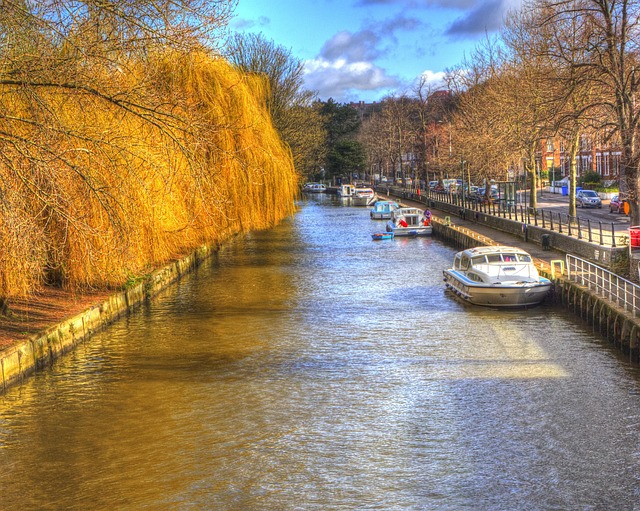
Water damage restoration in Norfolk, VA requires swift expert action to minimize structural damage a…….

Water damage restoration services in Norfolk, VA, are crucial for managing frequent flooding risks……..
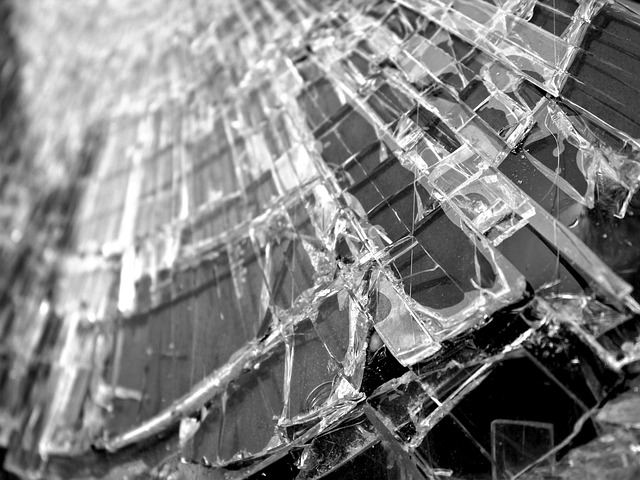
Water damage restoration in Norfolk VA involves assessing damage, removing water, drying areas, and…….
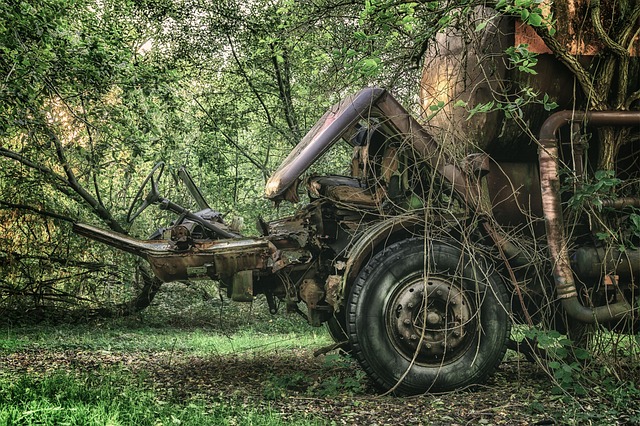
Flooded Norfolk basement? Prioritize safety, contain water, then contact licensed water damage resto…….
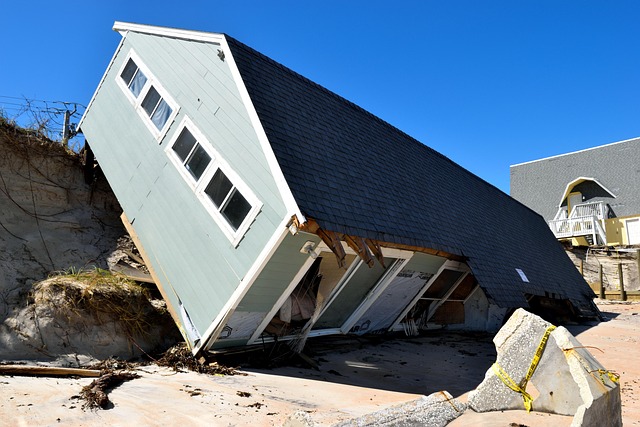
Water Damage Restoration Cost in Norfolk VA varies based on damage extent, size of affected area, wa…….

Water Damage Restoration Cost Norfolk VA varies based on damage extent, home age, and water type, ra…….
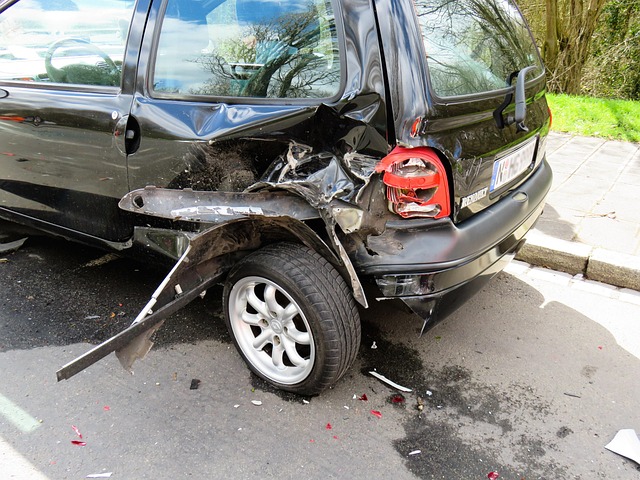
Water Damage Restoration Cost Norfolk VA: Swift action by professionals using advanced equipment min…….
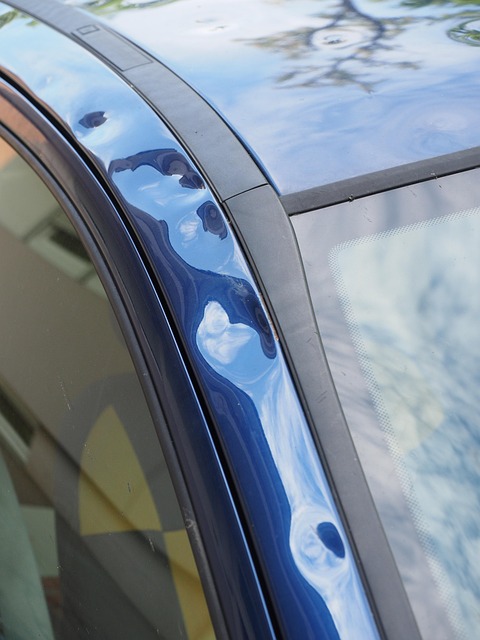
Understanding Water Damage Restoration Cost Norfolk VA requires considering damage extent, property…….